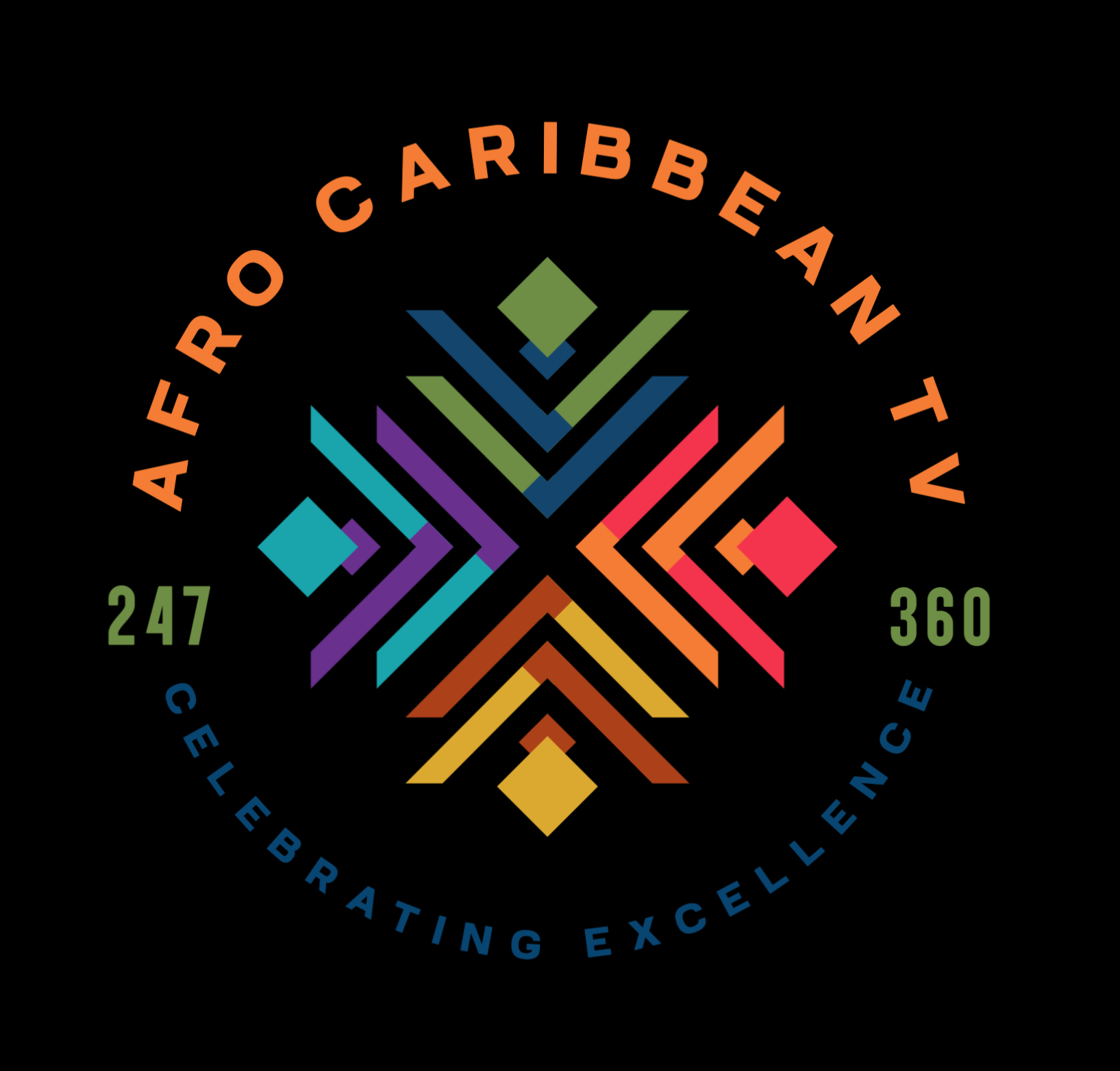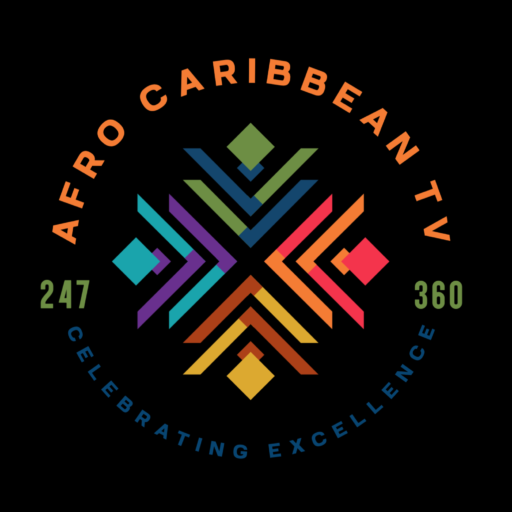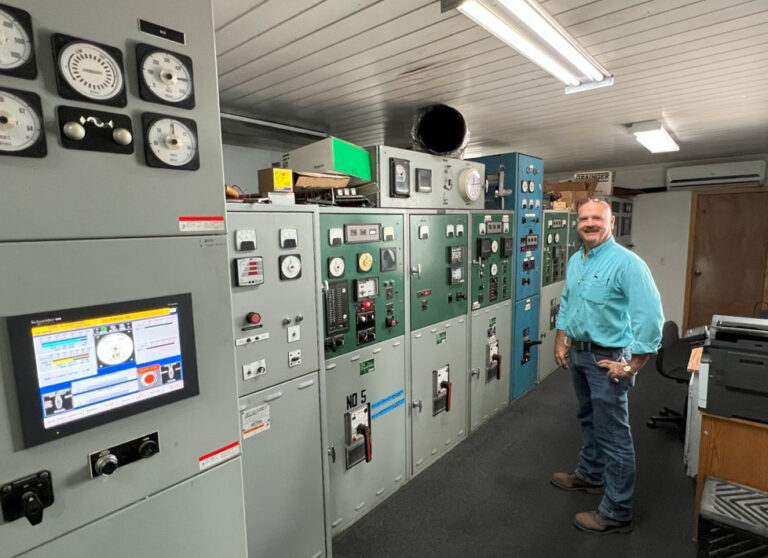Electricity in The Bahamas is primarily provided by a combination of public and private utilities, with efforts ongoing to expand renewable energy sources due to the high cost and environmental impact of imported fossil fuels.
Main Electricity Provider
Bahamas Power and Light (BPL)
- Ownership: Government-owned utility company.
- Service Area: Supplies electricity to most of the islands in the archipelago, including New Providence, where the capital Nassau is located.
- Source of Power: Predominantly uses diesel-powered generators.
- Challenges:
- Aging infrastructure.
- Frequent outages, particularly during hurricane season.
- High energy costs for consumers.
Renewable Energy Initiatives
The Bahamas has been investing in solar energy and other renewable sources to reduce dependency on diesel fuel and improve energy security.
- Solar Farms: Projects are underway or completed on islands like Andros, Ragged Island, and Abaco.
- Policy Support:
- The Renewable Energy Act encourages the use of solar and wind technologies.
- Net Billing Program: Allows residents and businesses to feed excess solar power back into the grid.
Electricity in the Family Islands
- Some smaller or remote islands operate independently or have mini-grids.
- Private companies or local government councils often manage generation and distribution, especially where BPL is not active.
Electricity Facts in The Bahamas
| Feature | Details |
|---|---|
| Voltage | 120/240 volts |
| Frequency | 60 Hz |
| Plugs | Type A and B (same as U.S./Canada) |
| Average Electricity Cost | Among the highest in the Caribbean (~$0.30–0.40/kWh) |



